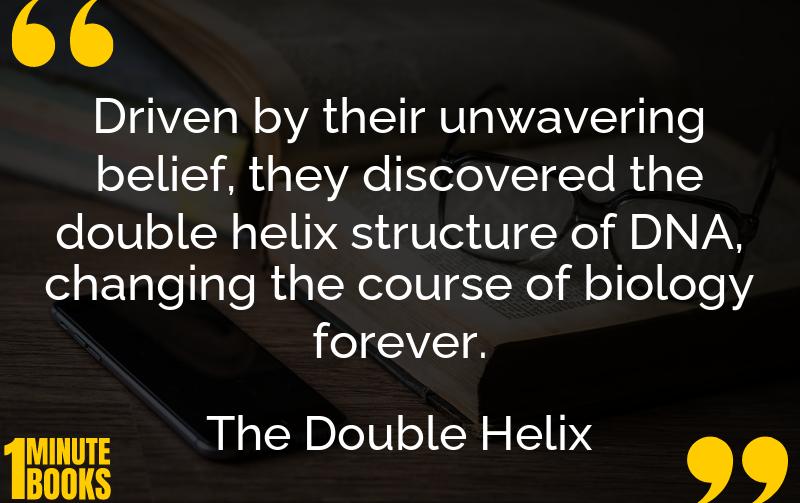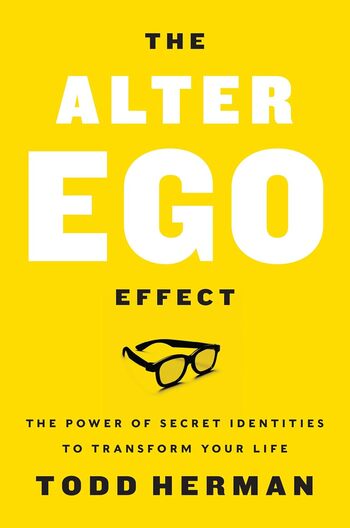
James Watson’s ‘The Double Helix’ details his and Francis Crick’s journey to discover DNA’s structure, highlighting the intense scientific race, personal challenges, and the ethical questions raised.
Main Lessons
- The drive for discovery often involves personal sacrifice and intense dedication.
- Scientific breakthroughs are built on collaboration and sometimes fierce competition.
- Understanding DNA’s structure revolutionized biology and raised ethical questions.
- The pursuit of scientific knowledge can involve complex personal dynamics.
- Bias and rivalry can hinder or propel scientific progress.
- Ethical implications often accompany scientific advancements, prompting societal debates.
- Personal and professional challenges are inherent parts of groundbreaking research.
- Clear communication among scientists is crucial for collaborative success.
- Determination and perseverance can lead to groundbreaking scientific achievements.
- Personalities and interpersonal relationships significantly shape scientific research.
- Recognition and credit in science are complex and sometimes contentious issues.
- Home to vivid scientific discoveries, laboratories are also arenas of personal drama.
- Passionate curiosity and robust debate can lead to monumental scientific breakthroughs.








